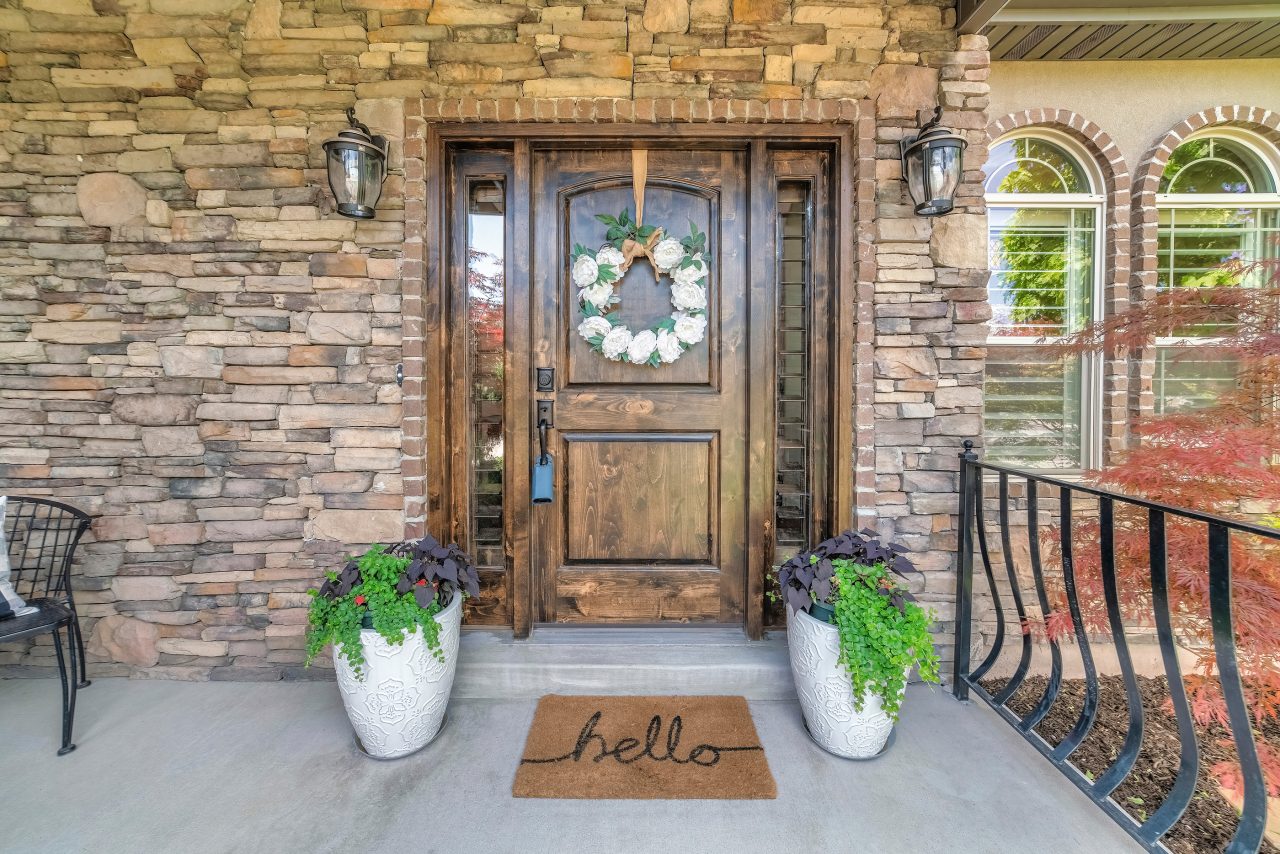
Table of Contents
- Introduction to Door Varieties
- The Role of Doors in Home Security
- Materials Matter: Exploring Door Composition
- Energy Efficiency and Environmental Impact
- Style and Aesthetic Considerations
- Installation and Maintenance Tips
- Costs Versus Benefits
- Future Trends in Door Design
Introduction to Door Varieties
When deciding on new doors for your home, it’s important to understand the broad spectrum of options available. Doors serve both practical and aesthetic purposes and come in a variety of styles that can complement your home’s design. From classic wooden doors that incorporate a touch of timeless elegance to ultra-modern glass sliders that bring natural light indoors, each type has its own unique benefits. Among the most popular choices are impact doors, which are the best impact doors renowned for their ability to endure strong winds and protect against break-ins. These doors are an investment not just in your home’s appearance but in its security and energy efficiency as well.
The Role of Doors in Home Security
Doors and window installation are the thresholds of any home, and they play a pivotal role in ensuring your security. Selecting the right door and window installation can significantly enhance your home’s safety by acting as a deterrent to intruders. Features like solid cores, deadbolts, and reinforced frames fortify doors against forced entry. Additionally, advanced options such as security cameras integrated within doorbells provide an extra layer of protection. To gain more insights on maximizing home security via doors and windows, review comprehensive resources like the home security tips, which offer valuable advice on choosing the most secure door and window features.
Materials Matter: Exploring Door Composition
The material composition of a door is crucial in determining its effectiveness and usability. Wooden doors, prized for their beauty and warmth, necessitate regular maintenance to prevent warping and damage from moisture. Meanwhile, steel doors offer robustness and affordability, making them a popular choice for external doors. However, they can be susceptible to dents and rust if not properly coated or maintained. Fiberglass doors offer a middle ground, delivering resilience against the elements, with the benefit of being customizable to mimic the look of wood without its drawbacks. Choosing the right material is essential for balancing durability, cost, and style.
Energy Efficiency and Environmental Impact
As energy efficiency becomes a household priority, the right door can make a notable difference in utility bills. Insulated doors help prevent heat loss in winter and keep cool air indoors in summer, enhancing comfort without over-relying on HVAC systems. Environmental considerations go beyond insulation, though. Doors manufactured with sustainable materials or processes contribute to a house’s green credentials. Understanding these factors is key to making an eco-friendly choice. For more information on choosing energy-efficient products, the Department of Energy’s guide offers useful advice.
Style and Aesthetic Considerations
In addition to functionality, the visual appeal of a door must align with personal taste and architectural style. Whether you’re drawn to the rustic charm of distressed wood, the clean lines of contemporary design, or the minimalist look of glass and metal, the right door can make or break your home’s curb appeal. Consider using doors to make a statement by incorporating color, unique hardware, or glass inserts that reflect your style. Combining aesthetic elements with practical needs ensures that your doors are both appealing and functional, enhancing your home’s overall atmosphere.
Installation and Maintenance Tips
Proper installation of doors is fundamental to ensuring their performance and longevity. While a skilled DIY enthusiast can undertake door installation, professional help might be necessary for optimal results, especially for complex or heavy doors. Maintenance extends a door’s life span, and tasks such as lubricating hinges, sealing gaps, and repainting as necessary can prevent common issues like sticking and squeaking. Routine checks for wear and tear, along with seasonal maintenance, ensure that doors function smoothly year-round.
Costs Versus Benefits
Investing in quality doors has both immediate and long-term financial benefits. While the upfront cost might be higher for doors that offer better insulation and enhanced security features, these attributes can lead to lower energy bills and increased home value. Evaluating the cost-to-benefit ratio is crucial; it’s important to consider initial expenses against future savings on utilities, potential increases in property value, and reduced maintenance or repair costs. Balancing these factors helps homeowners make strategic decisions that truly pay off over time.
Future Trends in Door Design
The future of door design is poised to redefine how homeowners interact with their living spaces. Technology continues to drive innovations, with smart doors featuring apps for remote access, biometric locks, and integrated monitoring systems becoming more mainstream. Additionally, eco-friendly materials and manufacturing processes are gaining traction among environmentally conscious consumers. Keeping abreast with these evolving trends can guide you in making choices that not only meet today’s needs but are also adaptable to tomorrow’s lifestyle changes.
